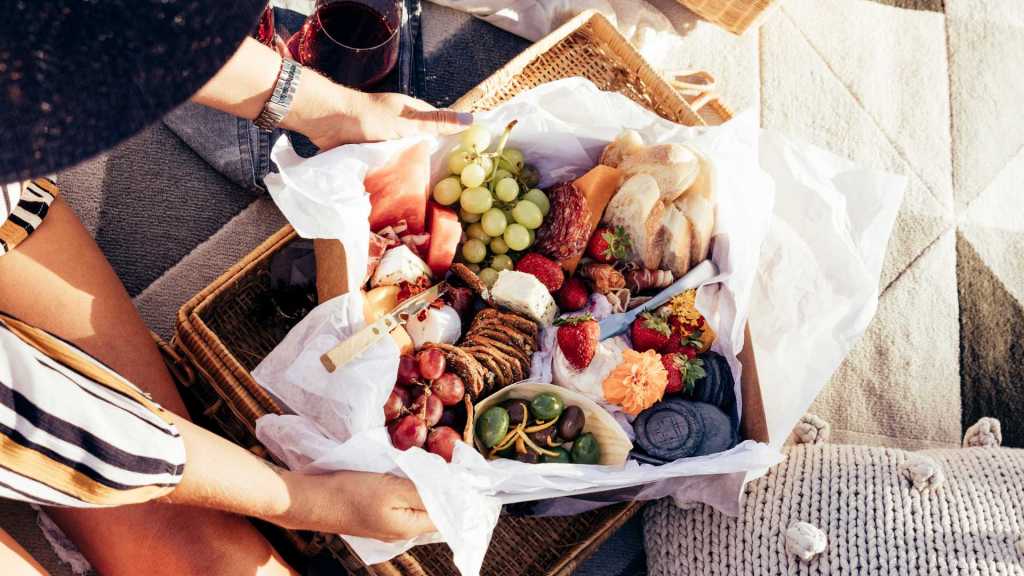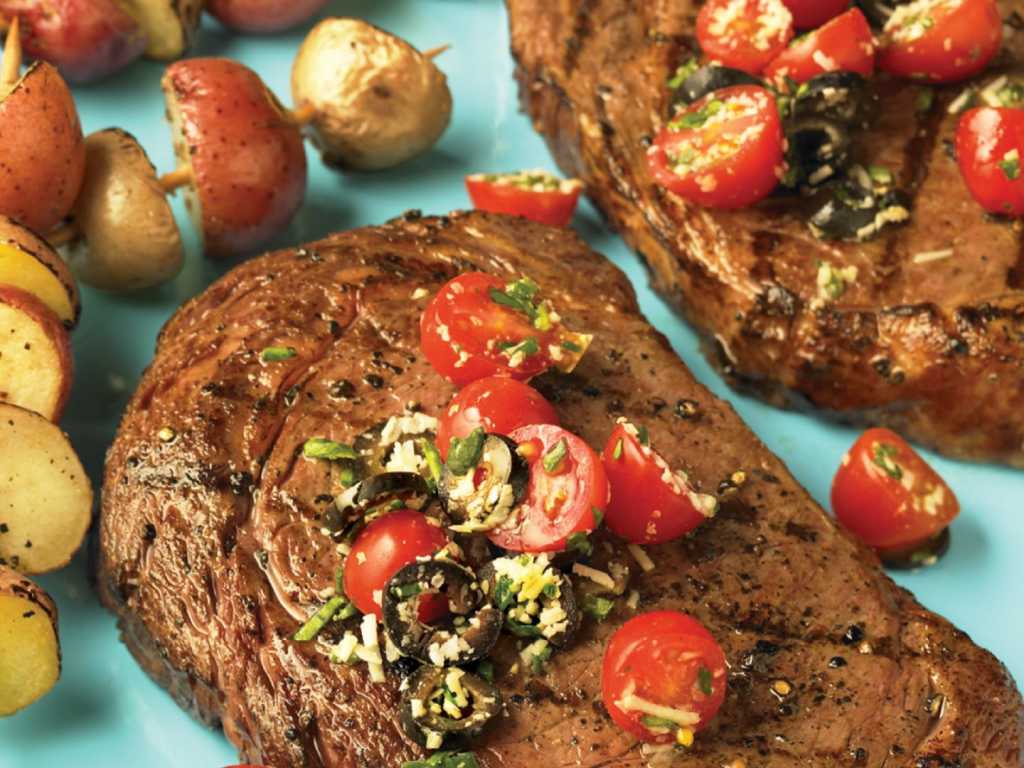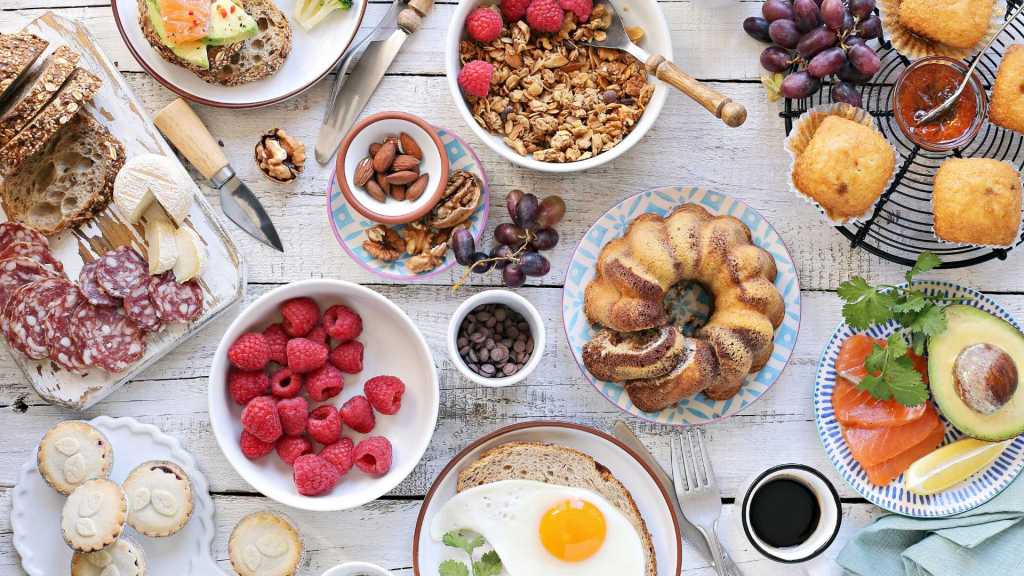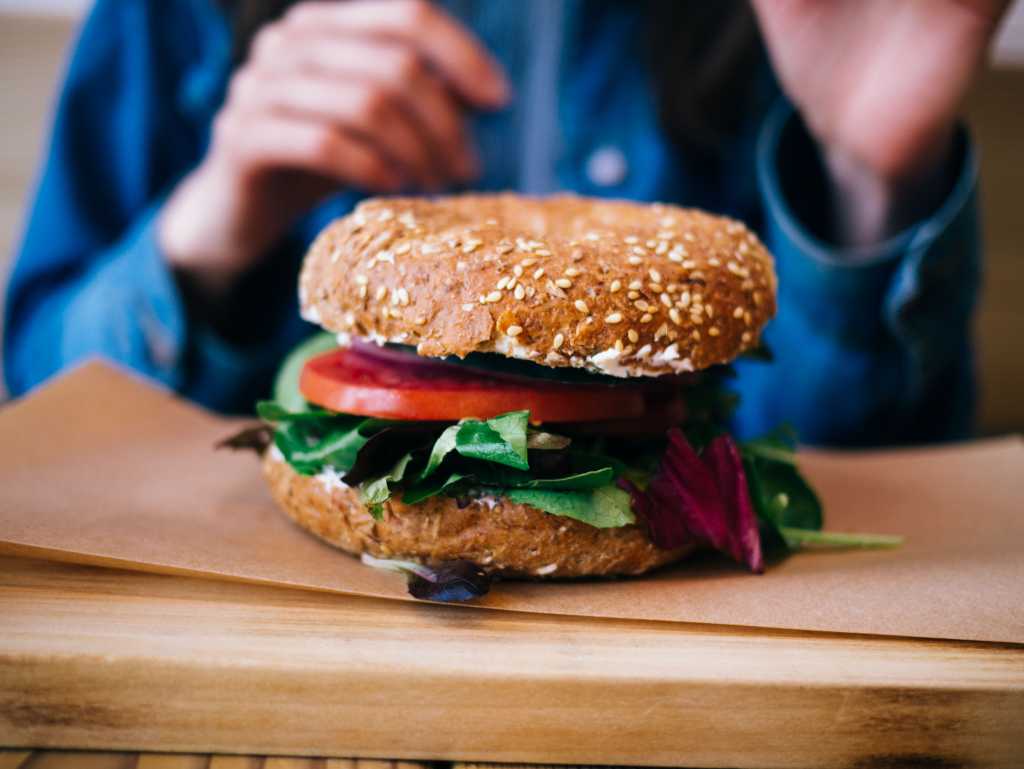While the term charcuterie has gained popularity more recently, the term itself is actually nothing new. Charcuterie stems from the french words chair (meaning flesh) and cuit (meaning cooked). It is said that the word charcuterie was used in 15th-century France to describe pork butcher shops. When referring to a charcuterie board, the traditional French charcuterie consists of a platter with ham, sausage, bacon, or other pork products. Today, however, charcuterie does not just consist of pork, but an array of food that includes different meats, cheeses, nuts, fruits, and vegetables.
The beautiful arrangements of charcuterie boards today have caught the attention of many and gained popularity through the help of social media. Versatile and customizable – the modern charcuterie board is a delicious and almost artful way of preparing a food platter. The assortments of meat and cheese along with other complementary foods can be nicely paired with wine and make for a fancy, yet simple snack.
So, how do you prepare an impressive charcuterie board? There are many ways to approach the platter, but two things can really make a difference: high-quality ingredients and attention to detail. Keep reading for charcuterie board tips and ideas, including both a more classic take on charcuterie as well as a vegan/vegetarian option.

Preparing a Charcuterie Board
Where to begin? No matter the choice of ingredients, the first step is to choose a board. Charcuterie does not require a particular board, but the flat surface on which the food is presented can determine the amount of food and style of the platter. Wood cutting boards are popular for their rustic feel, while a serving tray may be the more practical choice for a picnic.
Before choosing the items on the board, it can be helpful to consider how the food should be presented visually. Charcuterie Boards are all about variety – not just in flavor, but also in appearance. The choice of items should provide a nice balance between foods with different sizes, texture, shapes and color. Little bowls for dips and jam can help add dimension to the board.
When deciding the ingredients on the board, keep in mind that there are many different options. In broad terms, the board can be filled with different cheeses, meats, spreads, crackers and bread, fruits, vegetables, and garnishes. The goal in arranging the charcuterie board is not to neatly place the items side by side, but to lean, pile and stack the different foods in a closely clustered display.
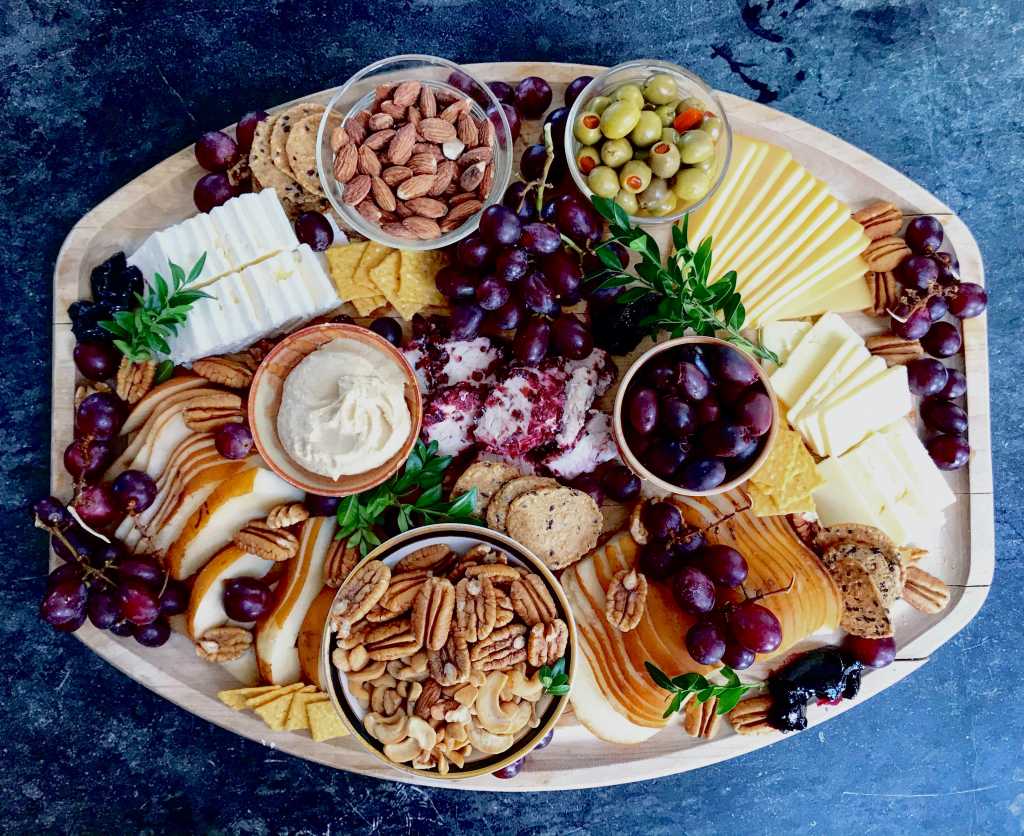
The Classics of Charcuterie Boards

The best items to start with are the meat and cheese products. There are many different types of cured meat that can be included on the board. Some popular choices include prosciutto and sausage, such as chorizo. Choose 2-3 of your favorite meat items. Cut the sausage into small slices, roll the prosciutto, and nicely place the meat on the board.
Next up is cheese. Here too, there are endless options to choose from. The U.S. alone offers more than 600 varieties of cheese that are available from skilled U.S. cheese makers. The cheese categories range from soft cheese and blue-veined cheese to hard cheese and more. Try to choose 2-3 cheeses that differ in taste and consistency. If you have a soft cheese, you can add a cheese knife to the board.

To go along with the meat and cheese, it is important to add some crackers or bread. Crackers can be nicely stacked and leaned against larger items such as a block of cheese or bowls. Make sure the amount of items continues to stay in balance so that crackers and bread don’t completely overpower the board. Any bread or crackers that don’t fit on the platter can be placed in a separate basket or bowl on your table.
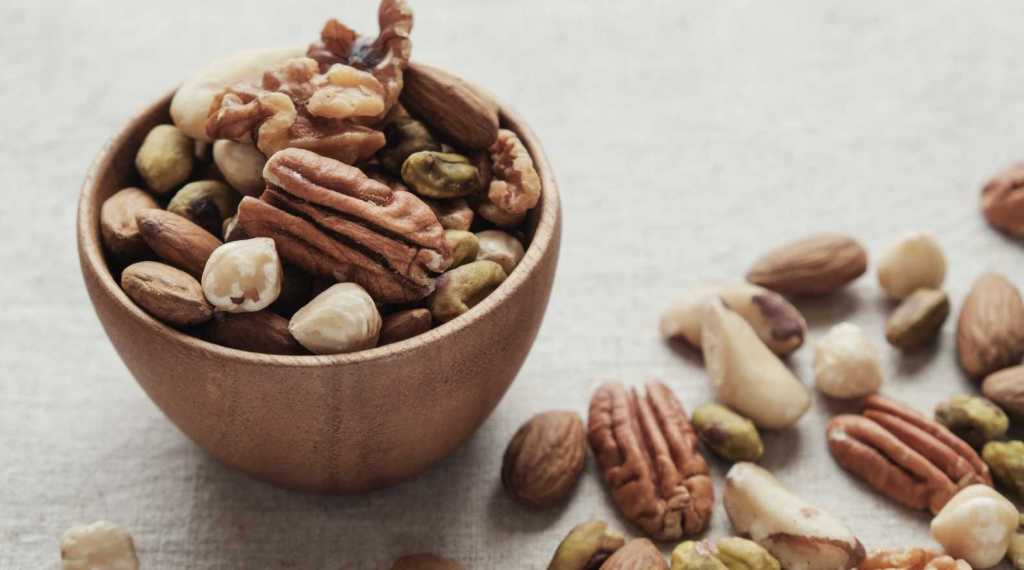
The true fun and creativity begins with decorating and filling the gaps. California Grapes are an ideal fruit to add to a charcuterie board as they nicely complement the flavors of the meat and cheese. Not just fresh fruit can add a sweet and juicy touch. California Raisins are a simple add-on that fit nicely to savory ingredients. A dried fruit that not only tastes good, but can add a bit of color to a board is the red, dried U.S. Cranberries. With their tangy taste, U.S. Cranberries offer a unique flavor amidst the cheese, meats and bread. What should not be left out are lots of tasty nuts. They are perfect for filling the gaps in the board, and add more flavor to the platter. American Pecans are buttery and naturally sweet. If you want to add a nice crunch, California Almonds can be enjoyed naturally as well as salted or spiced. The more tangy and sharp notes of California Walnuts go especially well with creamy cheeses or a more extravagant item, a sweet piece of honeycomb. Last, but not least, American Pistachios provide both a savory and sweet taste to the board.
Creative Add-ons to a Charcuterie Board
The beauty of charcuterie boards is the ability to personalize the board for each occasion, adding favorite items and experimenting with new foods. The motto being: the more, the merrier!
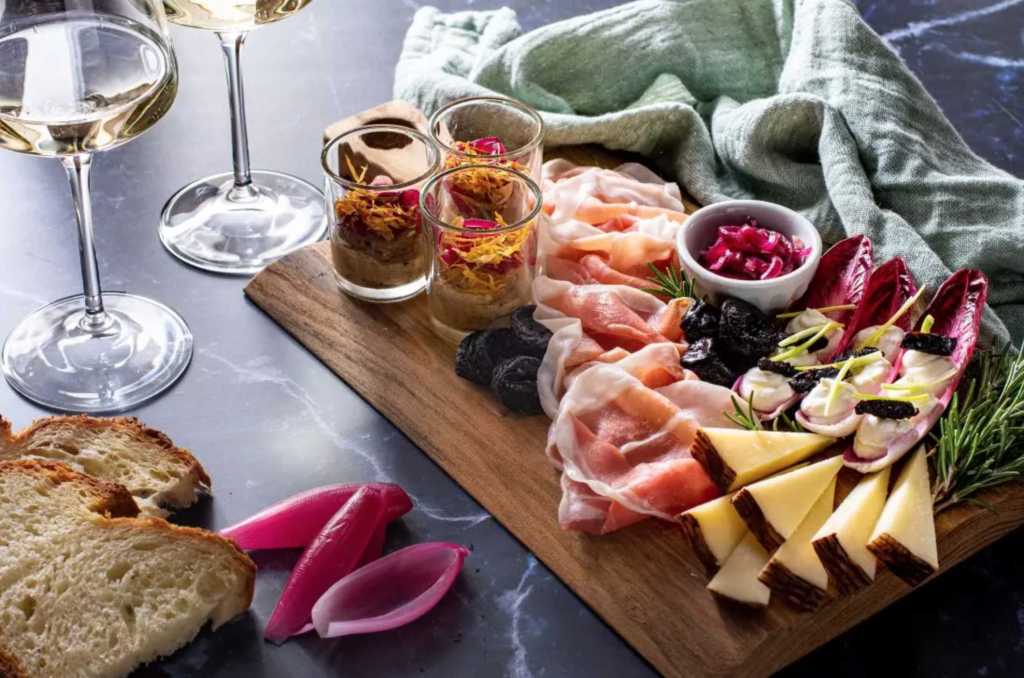
Seasonal foods are always a fun way to mix things up. Delicious dried fruit, such as California Prunes, offer a juicy and sweet addition to the board. Along with California Prunes, the Healthy Gourmet Cutting Board includes some elaborate items, such as endive boats and goat’s milk glasses.
Beautifully arranged, this classy board goes well with a delicious glass of white California Wine.
Plan on having an evening of Spanish tapas? Include typical Spanish cheeses, such as manchego cheese or queso iberico, and meats, such as chorizo and jamon. Not to mention, the many tasty items such as antipasti, olives, green peppers and garlic. Here too, California Almonds and California Walnuts offer a nice balance to the board with their crunchy texture. Looking for the right red wine to go with the platter? Enjoy high-quality wine from beautiful vineyards located in the states of Oregon and Washington.

The Vegetarian/Vegan Charcuterie Board
Although Charcuterie is known for having meat, there are always ways to give trendy food a vegetarian or vegan twist. There are multiple options when trying to make a charcuterie board meat- and/or dairy-free. Either exchange products for meatless and dairy-free alternatives or completely replace those items with plant-based options. There are many delicious meat alternatives made with soy or with USA Pulses, such as chickpeas and beans. Want to make your own vegan cheese spread? The California Almond Cheese Spread is a creamy, dairy-free recipe with an Almond Crème base. A smooth and tasty dip for crackers and vegetables alike.
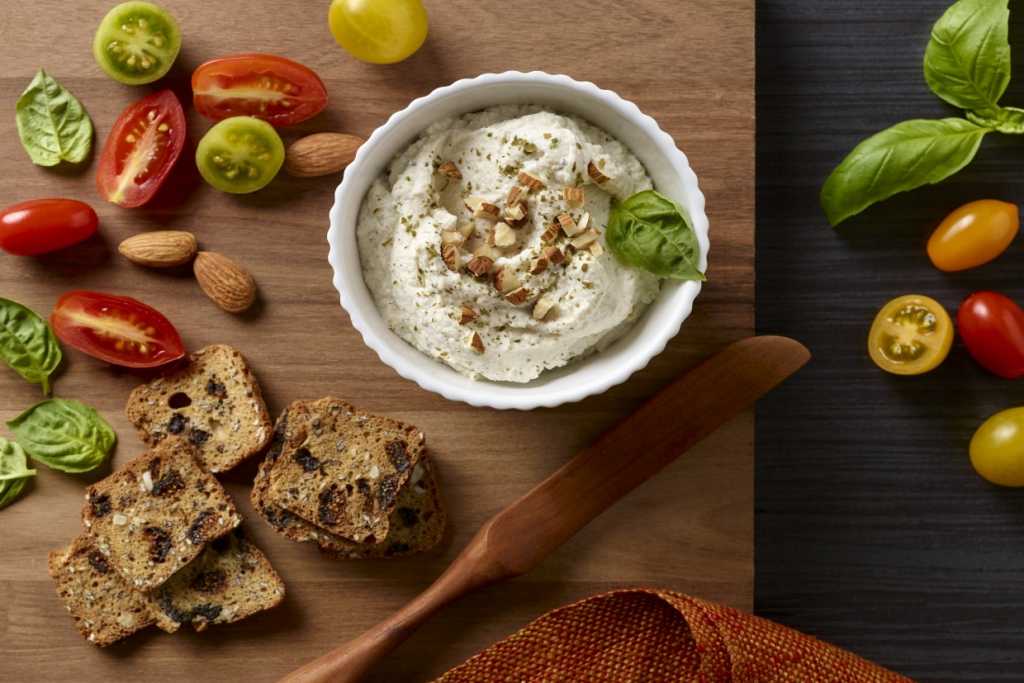
Straying away from the classic charcuterie board, it is also possible to make the platter all about fruits and vegetables. Choose your favorite greens, make some Crispy Black Lentil Falafel Bites with a Basic Hummus and decorate the platter with complimentary items such as nuts, bread and crackers, dips, and roasted chickpeas. Bon Appétit!


